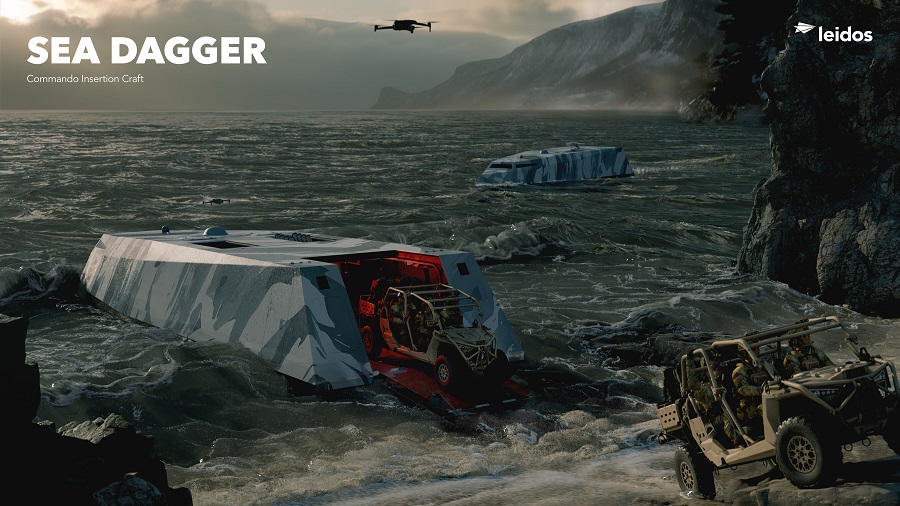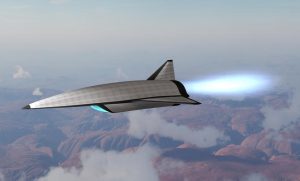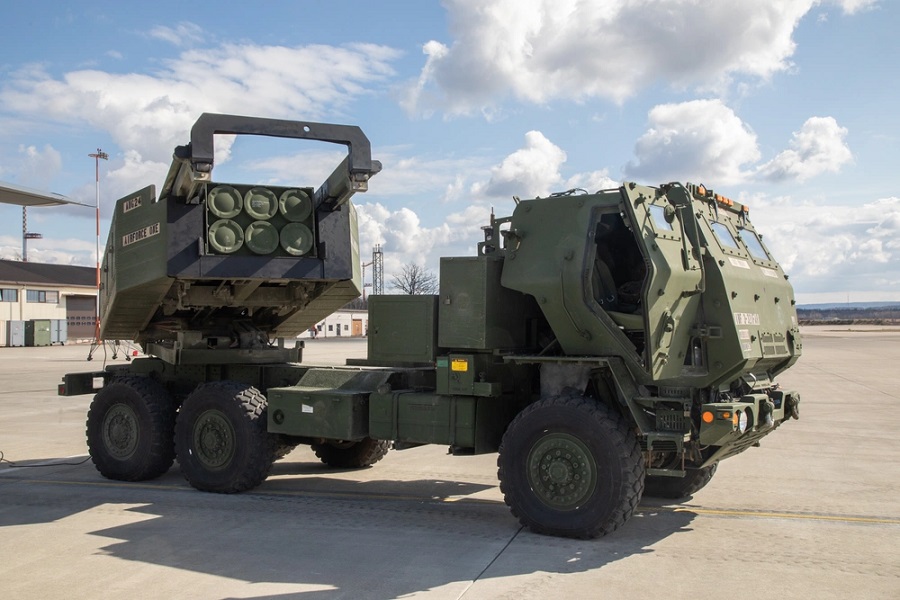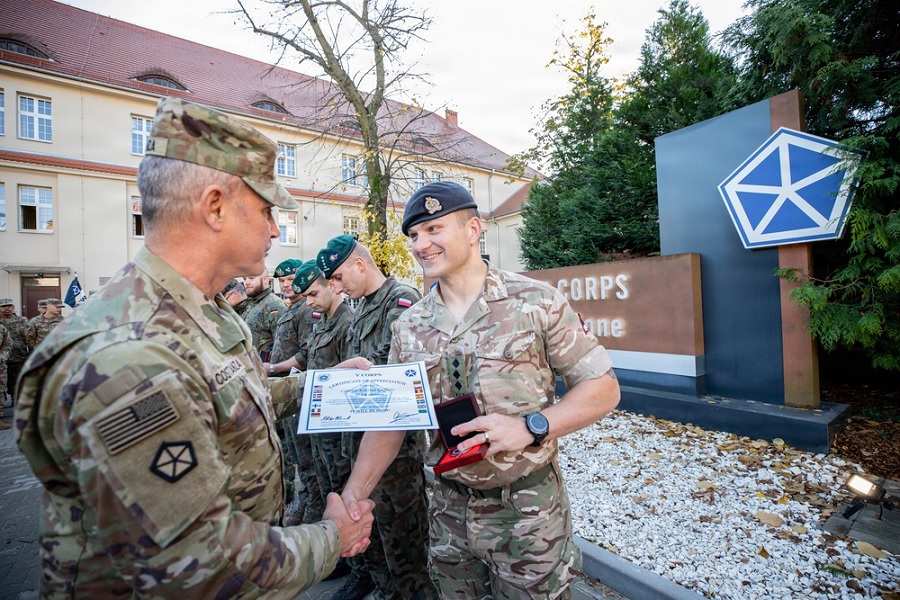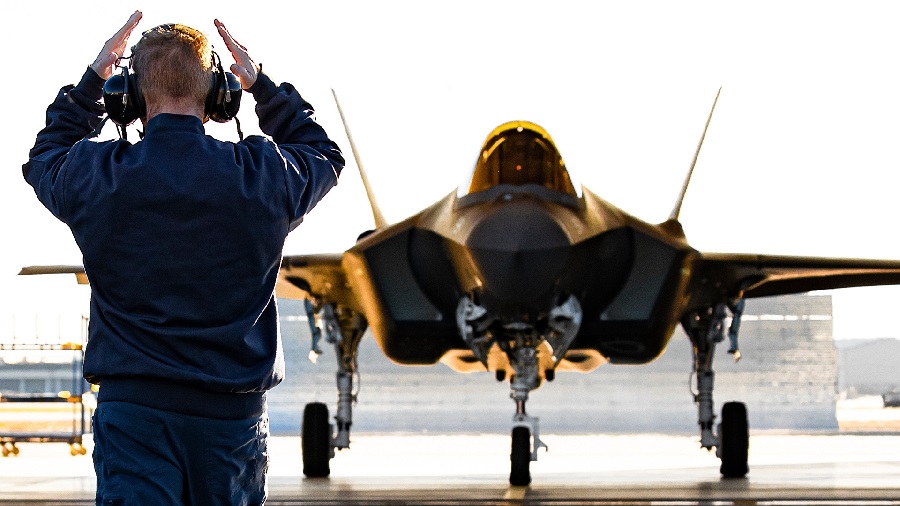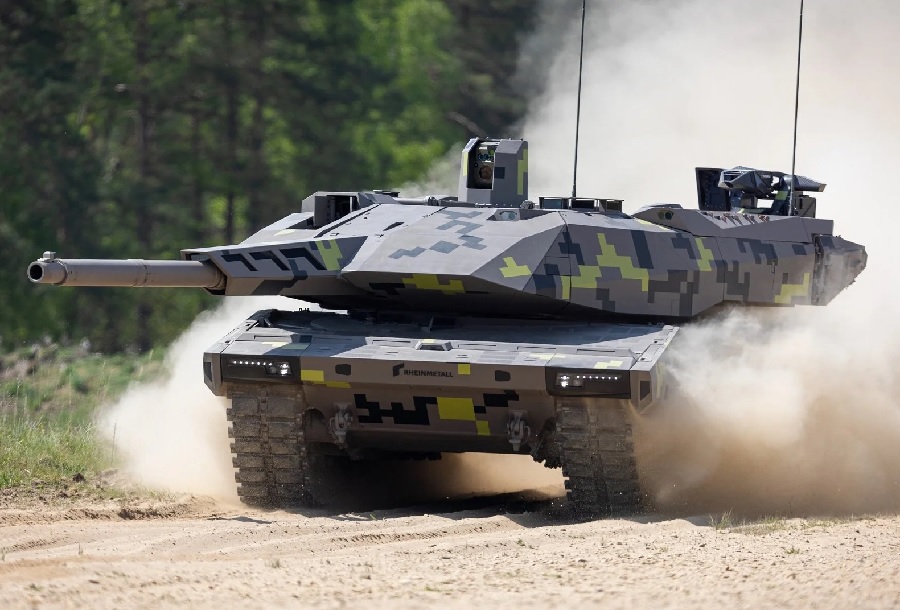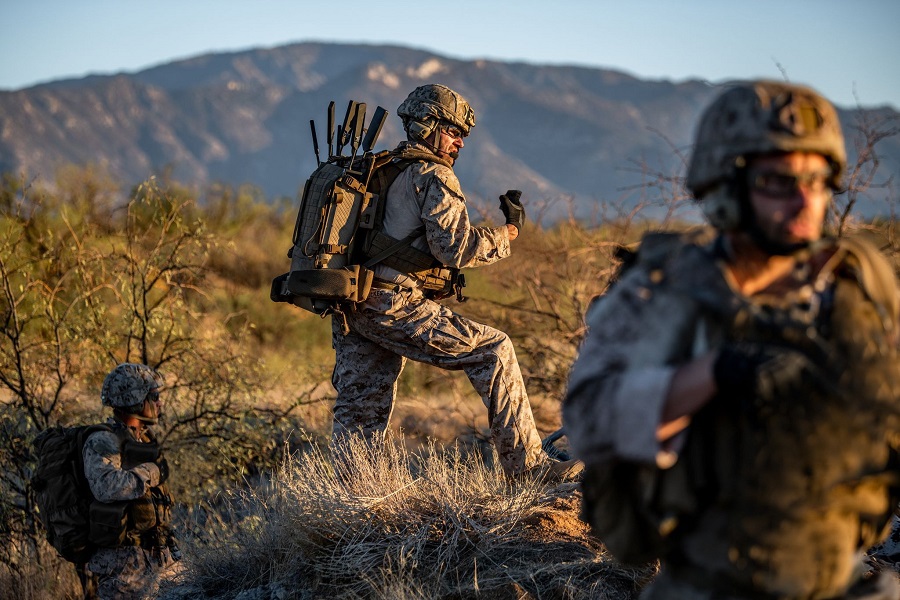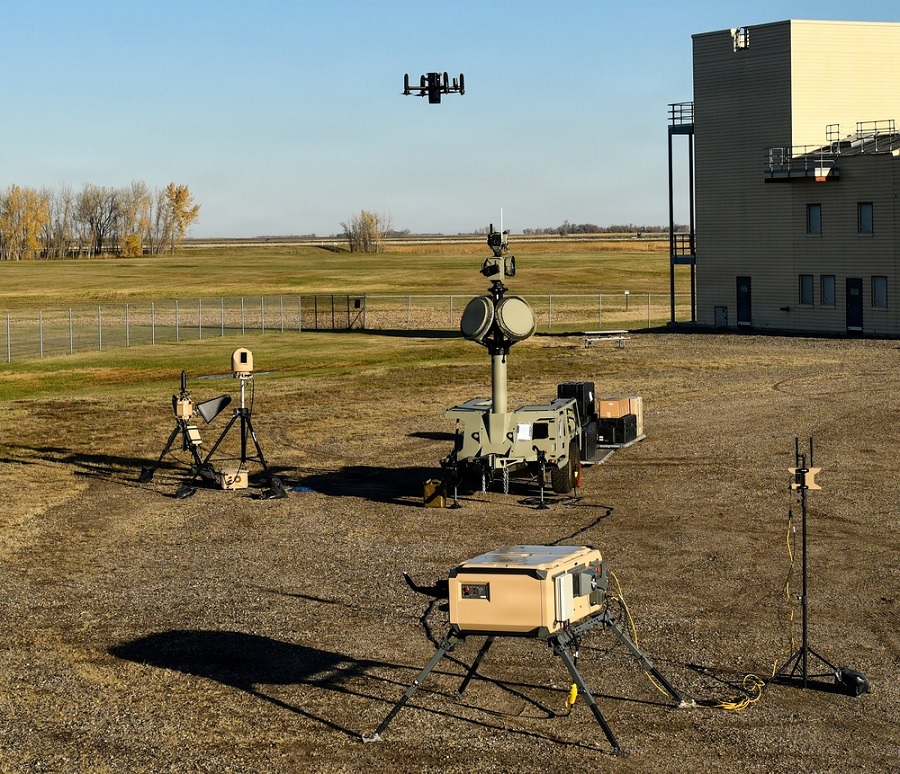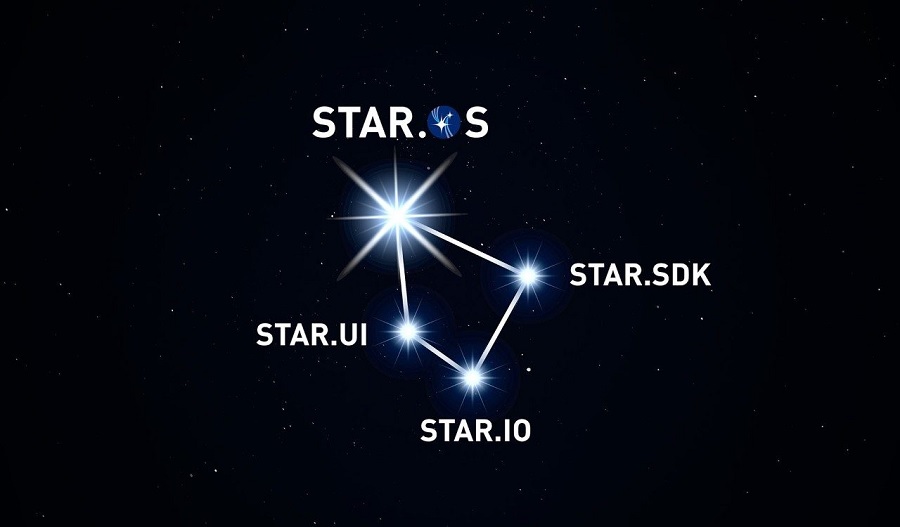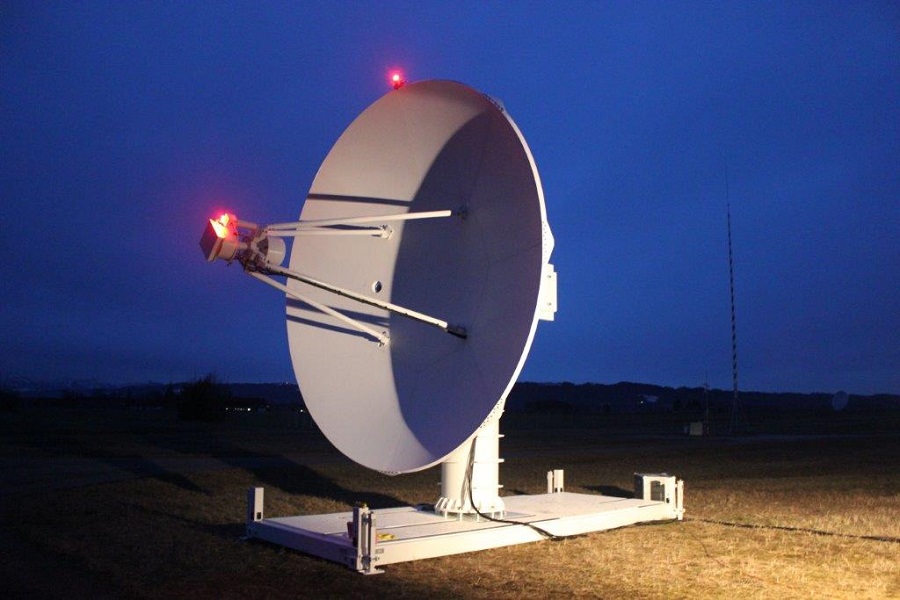Sea Dagger has been developed under the UK Commando Force (UKCF) programme, which aims to deliver 24 medium surface insertion craft to deploy Commando Strike teams, mobility platforms, offboard systems and combat loads from long range. Designed to exceed 40 knots, the craft has been created through collaboration between Leidos naval architects, military experts, the Royal Navy and UKCF.
The design incorporates over 30 years of fast-craft expertise and Leidos technologies including Trusted Mission AI, autonomous systems and integrated weaponry. It prioritises operational resilience, with emphasis on readiness, availability, maintainability and repairability, enabling continued operation under stress, disruption or attack.
Aligned with AUKUS Pillar 2 maritime autonomy objectives and the UK Strategic Defence Review, Sea Dagger is intended to enhance warfighting readiness and lethality. It is positioned to support UKCF in responding rapidly with the tools, training and systems necessary to meet modern threats.
The concept addresses challenges for specialised units in coastal and shallow-water operations, differing from historical landing craft through its integration of advanced naval architecture, sensors, weapons and C2 capabilities. These elements are tailored to the realities of contemporary conflict.
Adam Clarke, senior vice president and chief executive at Leidos UK & Europe, said, “Sea Dagger represents a pivotal step in equipping the UK Commando Force with the capability to operate with greater agility, survivability and intent in a complex and congested maritime environment. The Leidos design reflects our commitment to delivering resilient, future-ready platforms that can adapt to the complexities of modern warfare, ensuring capability, availability and operational advantage from day one. I am delighted that Leidos is at the forefront of shaping the maritime marketplace, domestically and internationally.”


